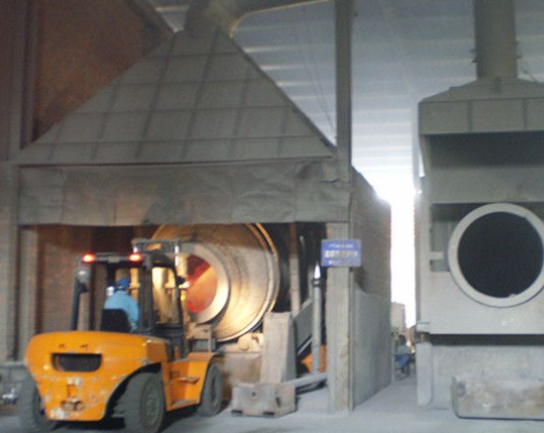NEWS&EVENTS
In the field of nonferrous metal recycling, the use of rotary kilns to treat low-grade tin slag is an important means of improving resource utilization. Due to the complex composition and low tin content of low-grade tin slag, its treatment requires precise control of key process points to achieve efficient recycling.

Pretreatment is the primary step in treating low-grade tin slag in a rotary kiln. Low-grade tin slag is often contaminated with numerous impurities, which not only affect subsequent reactions but also reduce tin recovery. Therefore, the slag requires crushing and screening. Crushing breaks down large slag into smaller particles, increasing their surface area and facilitating subsequent reactions. Screening further removes non-metallic impurities and particles of substandard size, providing relatively pure raw materials for the subsequent reduction reaction and ensuring reaction stability and efficiency.
Prolonging the reaction time is key to improving the reduction efficiency of low-grade tin slag. The tin compound structure in low-grade tin slag is relatively stable, requiring longer time to fully react with the reducing agent. Prolonging the material's residence time in the rotary furnace allows for a more thorough reduction reaction, fully reducing the tin element from the compound and thus increasing the tin recovery rate.
Increasing the carbon content is also an effective measure to address the reactivity of low-grade materials. Low-grade tin slag has low reactivity and requires more reducing agents to provide a sufficient reducing atmosphere and energy. Increasing the carbon content provides a sufficient carbon source for the reaction, compensating for the lack of reactivity caused by the low grade of the material and promoting the smooth progress of the tin reduction reaction.
When using a rotary furnace to process low-grade tin slag, by controlling key process points such as pretreatment, extending reaction time and increasing carbon content, the tin recovery efficiency can be effectively improved, the resource utilization of low-grade tin slag can be achieved, and strong support can be provided for the sustainable development of the non-ferrous metals industry.